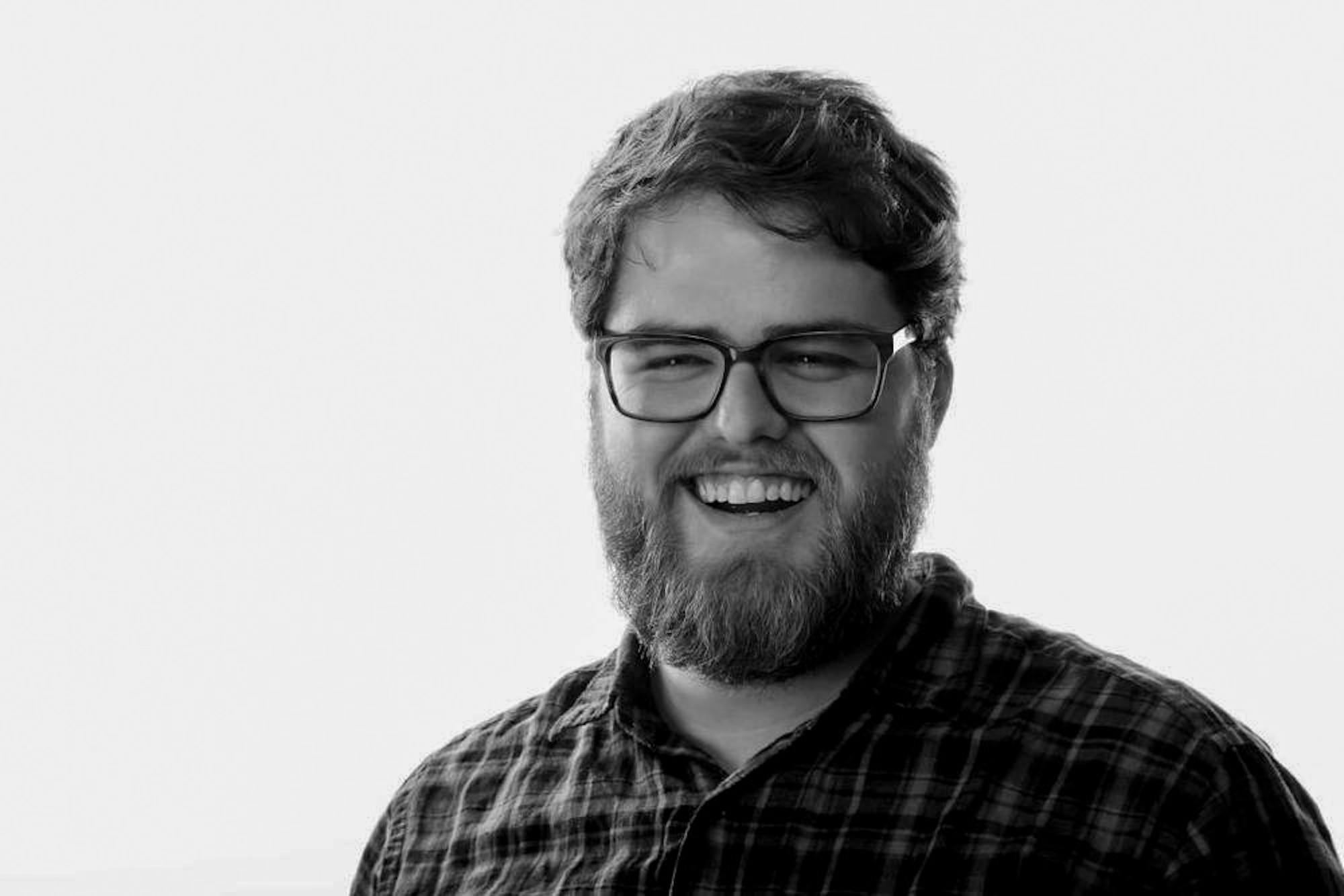Nate Seymour ’12, who majored in studio arts with a focus in photography and minored in digital arts at Dartmouth, works as a colorist for television and film. A colorist’s job is to ensure that everything seen onscreen has the proper hue. Seymour has worked on projects spanning from commercials to short films. His work can be seen at nateseymour.com. Currently, he is working in the New York City office of The Mill, a production studio, as a “color-assist” assistant.
What does the job of a “colorist” entail?
NS: Any level of post-production goes through different types of work. We’ve got 3D people working on animation, 2D people working on compositing and adding in animation, designers and then the color department. We adjust the colors, basically. The commercials are shot with a lot of color information for flexibility. Going through photography and Photoshop [at Dartmouth] were helpful. Prior to this, I didn’t even know color was its own job — I thought it was covered by other types of post-production, not its own piece of the puzzle.
What does it mean to shoot a commercial with “a lot of color information?”
NS: It’s a format that’s specifically been designed using a camera sensor that can shoot more color information than any existing monitors can show. It’s ahead of TV monitors in terms of color range, and [the colorists] pull it back into the visible range. We look at what tones there are, fitting the mood to the piece. It’s just a technical format that they do on purpose to keep us in work.
What’s a typical day in the office for you?
NS: Everything we do is on a computer in a windowless room because color work has to avoid glare from the lights. In a typical day — well, we have a rotating schedule to cover long hours of the day. There’s four of us — we field requests from departments inside our own company and requests from clients outside of the company. Normally, a colorist can finish three or four 30-second commercials in a day. We make sure the colorists and clients are happy with anything they need — rendering out files, making sure everything looks good, keeping clients happy. So that’s the day-to-day, and it’s always pretty chaotic. We focus in advertising, so it’s tight deadlines and high stakes, and it’s all very expensive - a lot of sort of reactive thinking and working to make sure everyone has what they need.
At the start of this conversation, you said you were at work until pretty late last night. What kept you up?
NS: The reason why I was up late is that we do some worldwide film. The specific project I was working on was an entire opera, so the length of the movie. They had filmed a staged version, and the director is out in LA — he had to watch it remotely. He went into our LA office to watch our colorist finish their job at midnight, our time. After he was done I had to render the files, so they can get it shown on television by Saturday.
Specifically, as a colorist, what aspects of the film were you working on?
NS: We were mostly fixing things with stage lighting. If you’re looking at the stage, there are green and pink lights, which look normal from the audience. But in film, if you cut from green to pink light, it’s very jarring. A lot of this film was matching and ensuring consistency. No one ever thinks much about digitally controlled color, but if it doesn’t look good, people will notice.
What about the weekends – what are some of your interests when you’re not in the office?
NS: During the weekends, I’m typically working on my own projects. I like to go to the office. We get to use all of the fancy equipment at night and on the weekends, and [the company] expects us to learn how to do the job. I did just get back from a camping trip, though, a kind of photography camping trip. I still do a lot of photography on the side from learning [at Dartmouth]. Big shout-out to [studio art professors] Brian Miller and Virginia Beahan.
Are there any specific favorites you have when working on a project or stuff that you just dread?
NS: Well, on the whole, for anybody doing color — something that’s more of a commercial job typically wants something clean and normal. It’s challenging because you have to work within the constraints of the footage. I think everybody appreciates a little bit of creative freedom, where you can work and control the emotion or change the tone of the piece.
All of that expensive equipment — do you get to bring your coffee to your desk?
NS: Yes. If we didn’t drink coffee the entire company would crumble.
Any advice to students trying to figure out post-graduation plans?
NS: Whatever you want to do, do a lot of it. Shoot films, shoot garbage films, just make as much as you can. It’s important not to get hung up on a single project as your masterpiece because it’s not. Show people how passionate you are about that thing you want to do, and don’t be afraid to work.
This article has been edited and condensed for length and clarity.




